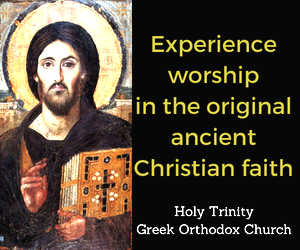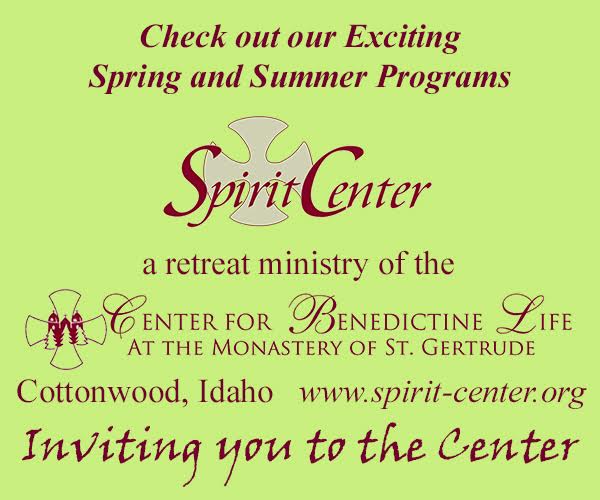“Let us all rejoice in the Lord, celebrating a festival day in honour of all the Saints: at whose solemnity the Angels rejoice and give praise to the Son of God.”
– the opening prayer of The Feast of All Saints from the Marian Missal
Despite the COVID-19 pandemic, the significance of All Saints’ Day this year remains mostly the same, with ceremonies and celebrations being held in more unique ways than normal.
All Saints’ Day is a Christian observance that happens annually on Nov. 1 to celebrate and honor the saints, known and unknown, who have gone to heaven. The solemnity recognizes anyone who has passed away, regardless of faith, but some Catholics “tend to focus on known saints, those canonized by the Catholic Church,” according to a CNN article.
As a holy day of obligation, Catholics are expected to attend Mass. This year, the day takes place on a Sunday.
Virtual, or Social-Distance Gatherings
However, like most events this year, traditional services for All Saints’ Day have transformed into virtual or socially-distant gatherings. Many churches will dedicate a portion of their online Mass to acknowledge the saints who have passed away; some will livestream a concert to recognize loss, strength and mourning; others will host local parades to celebrate in the streets with music and singing.
The United Church of Christ is hosting a national, virtual worship service, “to acknowledge the loss, the grief and pain of the COVID-19 pandemic,” according to its website. People can submit the names of their loved ones who passed away this year, to be published on the UCC website and “added to a scroll in the Nov. 1 service.”
The Rev. David Gaines, of Spokane’s St. Francis Xavier Parish, said he would typically lead more activities outside of service. Besides the COVID-19 regulations for wearing a mask and socially distancing, this year’s tradition is mostly the same.
“We want to see what we’re living today in context of what we’ve lived in the past,” Gaines said. Plagues and wars have killed more people, historically, and it has always been important to recognize and mourn those losses.
Observing Through Clothing
In addition to Mass, people may observe the day through what they wear. On Nov. 1, people wear gold and white to honor the saints, and on Nov. 2 (known as All Souls’ Day) they wear black to recognize suffering, Gaines said.
Many Roman Catholics and Mainline Christians celebrate with liturgical services and ceremonies, but traditions vary across the world.
“Our liturgies around all saints, all souls are really beautiful,” Gaines said.
A Catholic Tradition
In one Catholic tradition, observers of the day visit the tombstones of their relatives and loved ones. They clean and decorate them with flowers.
In South America, All Saints’ Day is called Día de Los Santos (or Día de los Muertos). The celebration takes place over two days. Traditionally, families celebrate in their homes or cemeteries with food, music and prayer. According to a tripsavvy article: “In Ecuador families flock to cemeteries to celebrate, it’s a party with food, alcohol and dancing to remember loved ones.”
Presbyterian Observances
Various Presbyterian churches also honor the day. In the Reformed tradition, Christians worship God for, “the ordinary, holy lives of the believers in this and every age,” instead of recognizing saints, according to the Presbyterian Mission website.
“This is an appropriate time to give thanks to members of the community of faith who have died in the past year,” according to the Presbyterian Mission website.
There are three main components to the observance, Gaines said. The first is the “church militant,” which acknowledges the Christians on earth. The second is the “church penitent,” which acknowledges the saints who are in purgatory, the process of being sanctified before going to heaven. The third is the church triumphant,” which acknowledges those who have made it to heaven.







